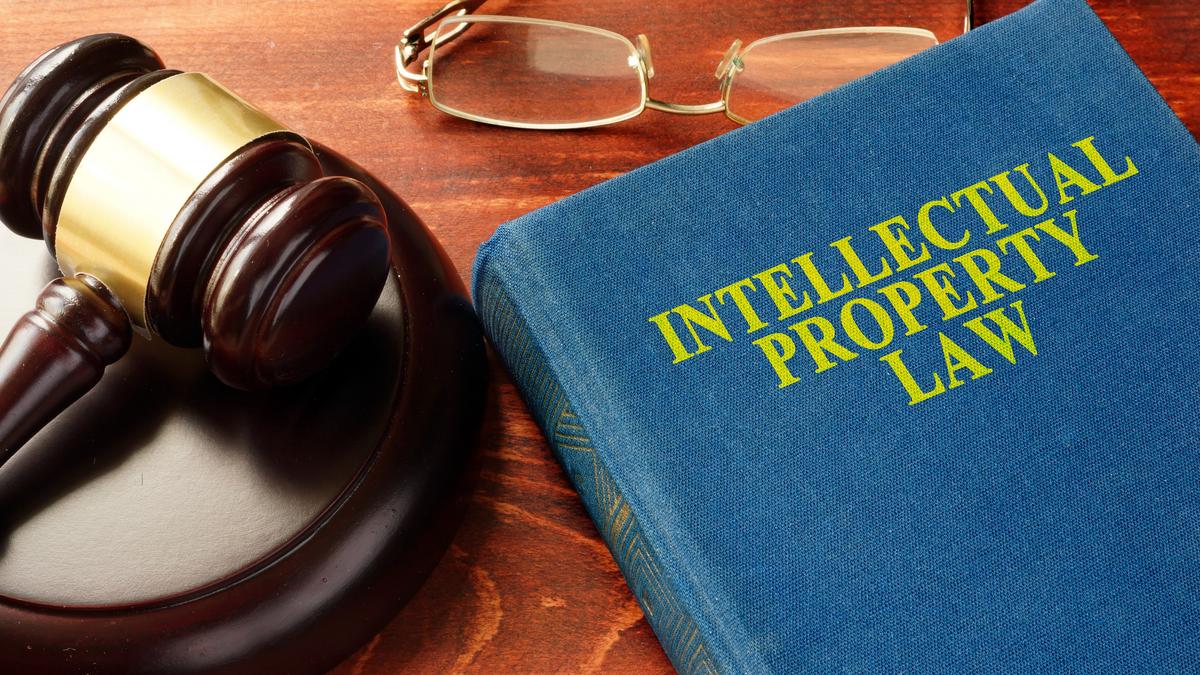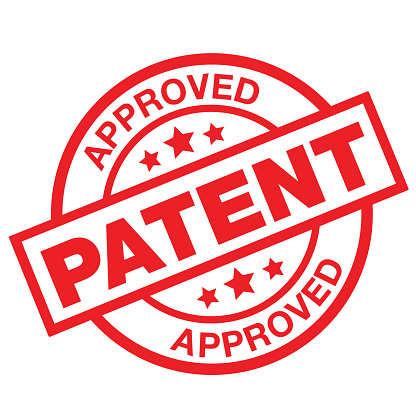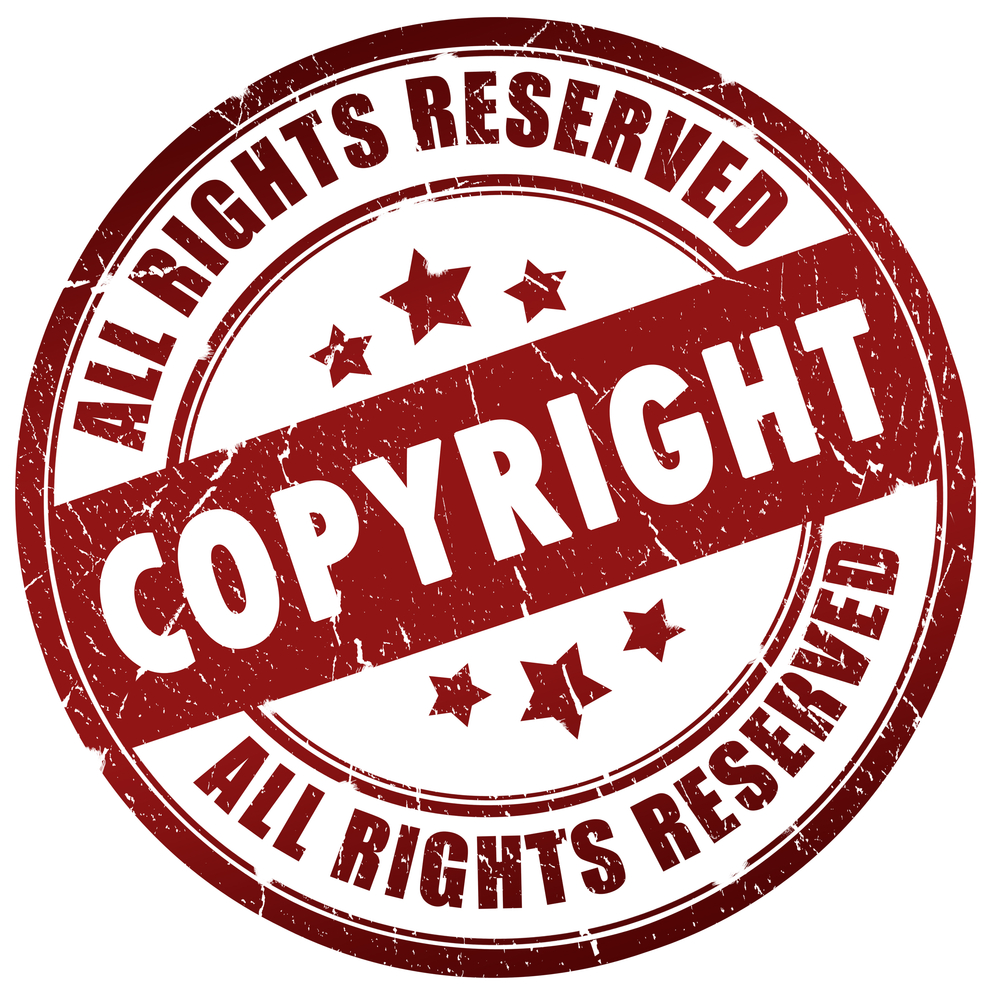What Are Patents, Trademarks and copyrights: Know The Differences
Before defining patents, trademarks and copyrights we need to know their background. Globalization indeed has increased competition in the world, and everyone at the individual or state level is struggling to get a step ahead. Importantly, technological and digital revolutions have brought dynamic opportunities for entrepreneurs to develop innovative goods and commodities. Undoubtedly, the developer or creator has ownership of their products and has the right to claim their sole authority. Moreover, copyrights, trademarks, and patents protect their rights.
But, in a world full of competitors people steal your ideas and can produce an identical thing. In such a situation, you cannot claim your right if it is not registered with the State. To protect your rights, you need to know the difference between patents, trademarks, and copyrights. This article will help you to understand the variance of these concepts and the laws that protect such rights.
What Is Intellectual Property?

The creation of the human mind or intellect is termed intellectual property. It includes books, songs, music, designs, structures, logos, or any other creation that shows newness. Broadly, we have two categories of properties based on their nature, one is tangible and the other is intangible. Tangible is the real property that can be touched and felt whereas, intangible is impeccable and cannot be touched. Therefore, the intellectual property IP falls under the domain of intangible property. And likewise, other properties also need protection.
Bottom Line Upfront
There are three major categories of intellectual property including patents, trademarks, and copyrights. Several laws at the national and international levels have been developed to protect the creator and the creation. The basic takeaway of the article is underlying here;
- Patents protect a new idea like an innovative system, a process, a formula, etc. And its laws help the creator bar others globally to copy their idea or process. Several international treaties and agreements guard patent rights.
- Trademarks are logos, words, phrases, and symbols that represent a business or corporation around the world. They also need protection from copycats. Such laws require the owner to register their marks at the national or international level so they remain protected from theft.
- Copyrights are the rights for literary or artistic work mainly. These laws protect the authorship of books, songs, music, play, article, or any research paper.
At the national level, you register the intellectual property with your state government and at the international level, the global institutions govern these rights. Moreover, international treaties and protocols protect the rights of member states against the other member states only.
What are Patents, Trademarks and Copyrights?
These are the intellectual property rights that protect the relevant property from theft, copying, misappropriation, or plagiarism. Their details are as follows.
Patents

A legally protected right of a creator or inventor who has manufactured a new system, formula, idea, structure, or helpful innovation. These intangible properties include goods and services both. For instance, an engineer works in a vehicle manufacturing company and develops a new formula car with a new design. Now, the design and structure of the engine of the car belong to the company, and both need protection. The companies register them under patent laws that bar other vehicle manufacturing companies to copy or steal the structure or design or both. Even the parts of the engine are protected.
Moreover, every state has a separate office for patent registration. You go to the relevant IP office for the registration of your property and apply to the authorities. Also, for the processing of the application settled fee is necessary to pay.
Trademarks

These are the service marks that symbolize a company or corporation and sometimes the nature of business too. Secondly, the business may include goods or services or both. Trademark protects your business from your competitors in the market. For instance, the big M at the MacDonald’s represents this company of food chain. Its unique shape, design, and color denote MacDonald and put a bar on other similar fast food business chains to put them on display.
If the corporation feels a violation of its trademark right it may sue the violator. Furthermore, the process of trademark registration is similar to that of patents. You apply for registration to your relevant trademark office by submitting the due fee. Subsequently, the state recognizes and protects your right.
Copyrights

If you write a book, novel, article, or research paper (either on paper or digitally on the internet), compose the lyrics of a song or its music or shoot a picture or video, etc. all of them require protection. Copyrights protect these literary, artistic, and compositional intangible properties. Importantly, the limitation applies to the protection of copyright. The subsistence of rights varies from state to state as per the law. Whereas, the general period lies between 50 to 70 years after the death of the author or owner including their lifetime.
Hence, the general rule is the ownership of original work belongs to the author. Yet, if someone quotes from the original literary work of someone into their work and gives the credit to the owner it is not a violation of right. This exception is based on the rule of fair play. And you cannot avoid giving reference to the real author. Copyright registration also requires the process of application to the copyright office.
International Treaties on Patents, Trademarks and Copyrights
Globally few international organizations are serving the purpose of protection of IP. It is pertinent to mention the national law framework is applicable within the same country and not in other countries. On the contrary, international laws abide by all the member states of that treaty or protocol.
In the global arena, there is an institute called the World Intellectual Property Organization (WIPO) under the supervision of the United Nations (UN). It has 193 member states. The WIPO provides services and laws for the protection of IP. It has separate treaties and agreements for the protection of all IP rights.
Laws on Copyrights
Under the WIPO there are several standing committees that work for the improvement of the laws of copyrights. These committees have structured several treaties and WIPO governs all of them from the protection of copyrights at the international level. They include the WIPO Copyright Treaty (WCT), Marrakesh treaty, Berne Convention for the protection of literary and artistic works, etc.
Laws on Trademark
The Madrid system of the International Registration of Marks is the international system of the trademark system. And it contains two treaties called Madrid Agreement and Madrid Protocol. The protocol is not part of the agreement but a separate law. Together they are called the Madrid system. This system has 128 member states. By filing an application of protection your right gets protected in 128 countries.
Laws on Patents
Whereas, WIPO has one treaty for the protection of patents in several countries. Your rights protection is one application away. This right to protection is provided in the Patent Cooperation Treaty (PCT).


